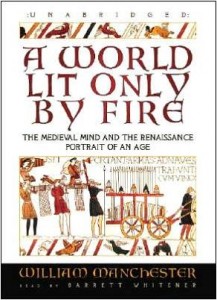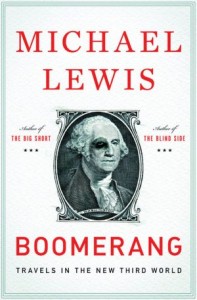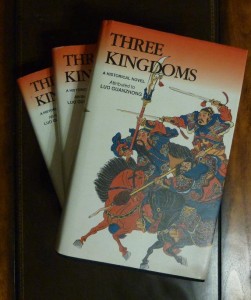The Commentaries
The Gallic Wars and The Civil War
by Julius Caesar
Read by Charlton Griffin
13 hours, 54 minutes
Audio Connoisseur, 2009
As I often do, I took a multimedia approach to this book. When driving, I listened to the audiobook, but when able, I read the kindle version. This approach worked well in that the kindle version offered up maps that made clear some of the locations in the narrative. As well, the kindle version proffered some information I thought should have been made clear in the audiobook. I opted to review the audio version, as I did listen to it in its entirety (not skipping parts I had actually read), where I skipped parts in the kindle to which I had already listened. The original was written in the third person, where Griffin’s performance is in the first person. Also, I thought that the translator should have been named in the audio presentation as it was in the kindle version.
Beginning with a brief biography by Henry Stuart Jones, the narrator’s baritone voice gives the gravitas and dignity merited an ancient classic. It is a little surprising that so much is known about Julius Caesar. This portion gives a fair rendering of the great leader, neither praising nor damning him. I hadn’t realized before this how little I knew of Caesar.
Caesar begins with what seems a fairly small operation to subdue certain Gallic tribes that were causing trouble for other tribes designated as Friends of Rome. As he puts out one fire, he finds others around him. He describes the conditions and tactics with reasonably good detail up to the end of the first season. It seems warfare of the First Century B.C.E. was such that it only took place between Spring and Fall. In this manner of each chapter representing a year, he will break up the entire book. After the initial actions, Caesar thought it worthwhile to give some context. During pertinent parts of the book, he described the peoples of Gaul, Germany, or Britain. He went into detail of individual tribes when customs and other cultural knowledge were necessary for the reader’s understanding of motivations.
What had begun as a small regional disturbance would rapidly (rapidly for the time, that is) spread into a general uprising of the Gauls. Over the course of the series of campaigns, war would spread as far as Germany and Britain. As Caesar describes the progress of each campaign, he takes pains to acknowledge individuals and units on both sides for their courage, perseverance, or other such laudable traits. Similarly, he accuses those he deems unworthy when appropriate. Throughout the first work (The Gallic Wars), he attempts to write as a disinterested party. This lends an air of credibility to all that he writes. While he does not dwell, he does make a point to accept his own mistakes or failures. Based on this work, I would say that Caesar could be considered a great historian in his own right. The last campaigns in Gaul were competently documented as Chapter 8 by legate Aulus Hirtius after the death of Caesar.
The stunning success in Gaul gave many in Rome cause to fear Caesar’s power. At the beginning of The Civil War, Caesar describes the political situation. In this work, he does not go as far as to appear disinterested. The reader will notice hints of apologia in this portion. Here we also see that Caesar often details his own fairness and the treachery of others. As with the previous work, Caesar goes into detail about the logistics that betrays a keen understanding of long-term strategy beyond his adversaries. He does not mention the occasional genocide in the provinces during this war the way he did in Gaul. I wonder if there actually was a restraint or simply reflected how he wanted to be seen on returning to Italy. The Civil War is still a good narrative, but not as generally informative as The Gallic Wars.
The Gallic Wars and The Civil War are a surprisingly interesting read, but I think a map is very nearly necessary for complete understanding. This should be required reading in Western civilization or European history class. Only now do I appreciate the context of my favorite Shakespearean play, Julius Caesar. After I get a detailed map of First Century Europe (probably at my local ancient maps store), I will definitely read this book again.
Aside: Is it odd that the English speaking world seems to prefer the classics be presented in an English accent?




Recent Comments